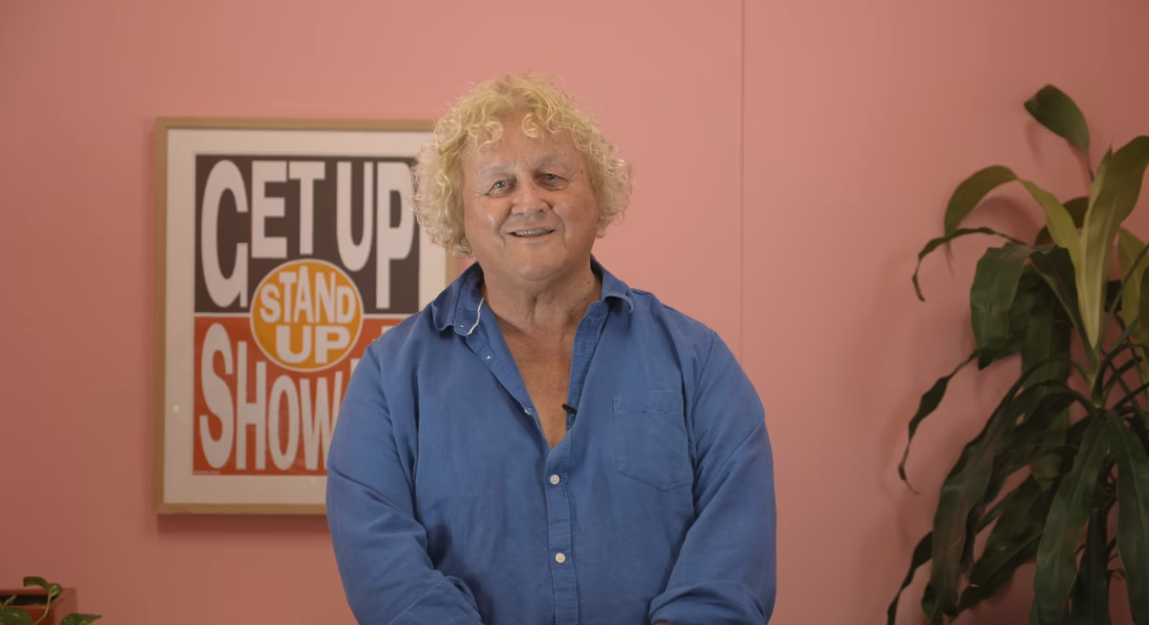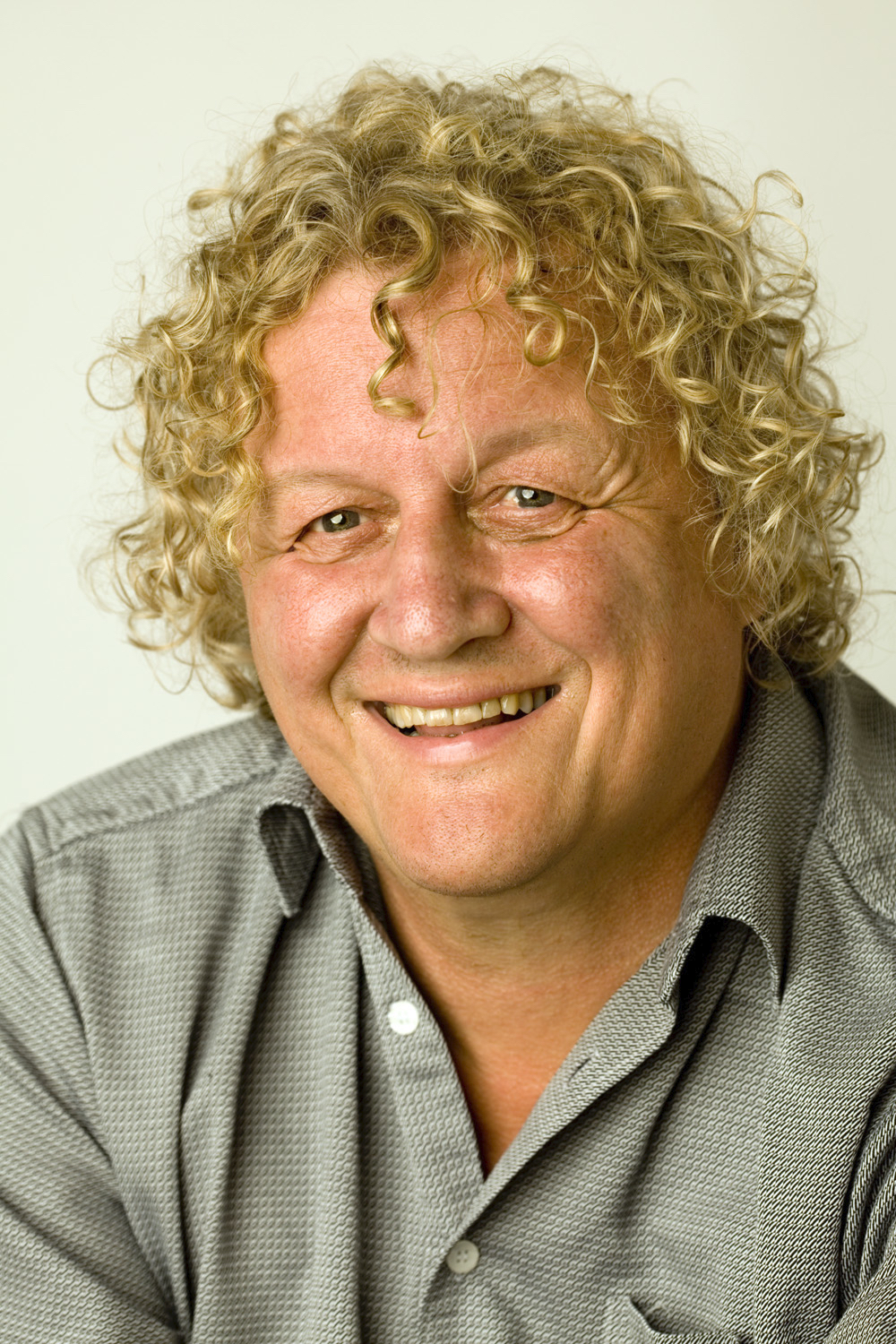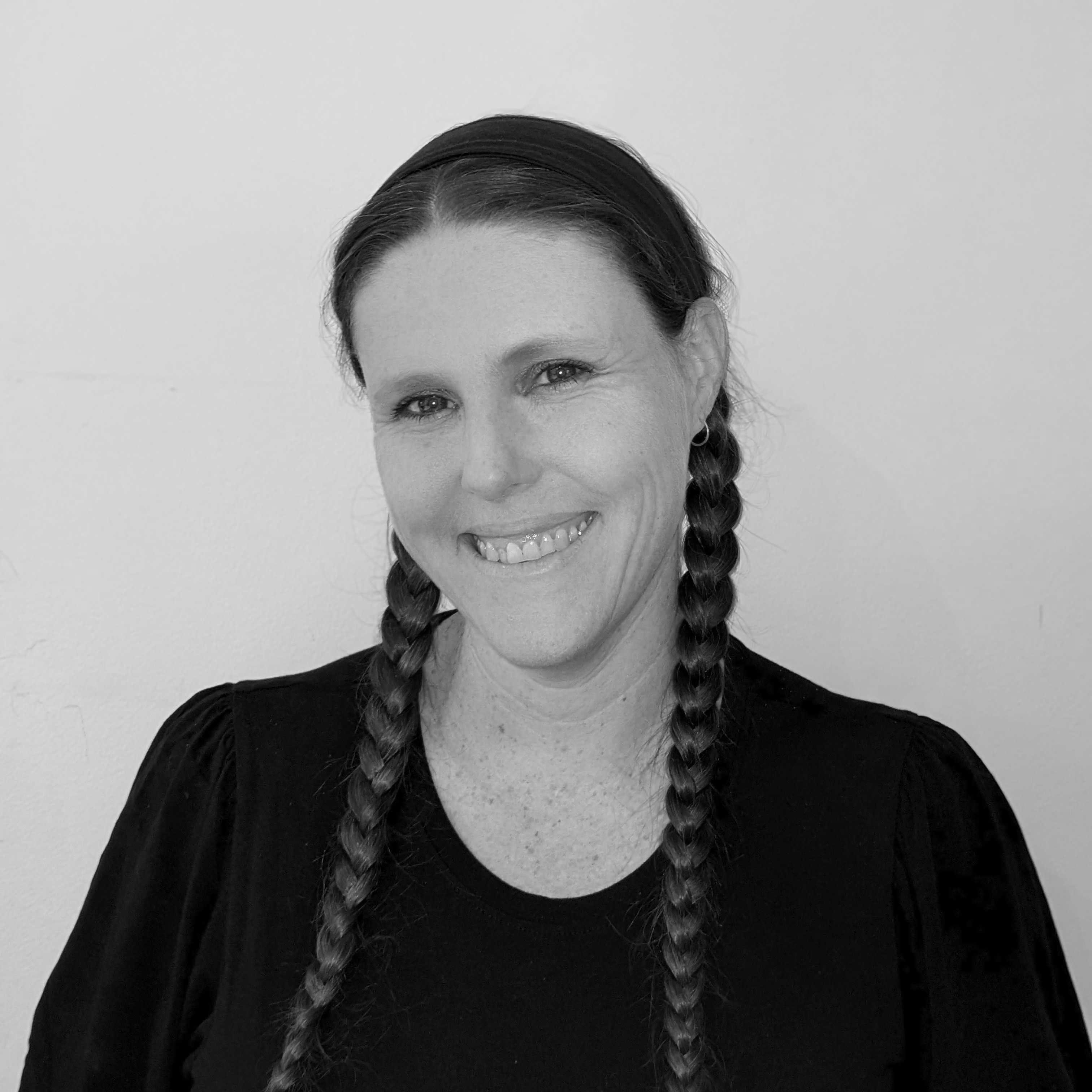Course summary
Join clinical psychologist and family therapist Andrew Fuller in exploring brains and how they learn - an essential bit of knowledge for all educators. This professional learning course will provide insight into the science of the brain. Discover how different hormones influence the brain and our bodies, as well as how we learn and delve into effective teaching strategies for brain-based learning and methods for structuring your learning sequences that capitalise on these concepts.
More courses with Andrew Fuller:
- Relationships Part 1: Building Relationships with Andrew Fuller
- Relationships Part 2: Why Relationships Matter with Andrew Fuller
- From Neurodiversity to Neuro-advantage with Andrew Fuller: Part 1
- From Neurodiversity to Neuro-advantage with Andrew Fuller: Part 2
Video transcript
H: Hi, I'm Helen Masters, an education specialist here at cool.org.
A: Hi, I'm Andrew Fuller. I'm a clinical psychologist and a family therapist.
H: And today we're talking all things neurodiversity, neuroscience, relationships, behaviour management, and we're answering your questions that you've had about how we can be the most effective educators in our classroom. Go check them out!
You will learn:
- understand the science of the brain and how different hormones impact the brain and influence learning
- methods for structuring a class to maximise learning based on neuroscientific principles
- teaching strategies for more effective brain-based student learning.
Course time:
About 30 to 45 minutes - perfect for after work or during a spare period. You will have ongoing access via your user dashboard.
Accreditation:
All of our courses are mapped to the Australian Professional Teacher Standards (AITSL), and your completion can be logged as relevant, teacher-identified professional development activity with all Australian state teaching regulatory authorities. To do this, grab your certificate of completion from your personal dashboard once the course is complete.
- 1.1 Physical, social and intellectual development and characteristics of students
- 1.2 Understand how students learn
- 3.2 Plan, structure and sequence learning programs
- 3.3 Use teaching strategies
- 4.2 Manage classroom activities
Save
Course Content

The Brain and Learning
Course writers

Andrew Fuller is a clinical psychologist and family therapist. He has worked in many schools and communities in Australia and internationally, specialising in the wellbeing of young people and their families. He is a fellow of the Department of Psychiatry and the Department of Learning and Educational Development at the University of Melbourne. Andrew is the author of Tricky Kids, Guerilla Tactics for Teachers, Help Your Child Succeed at School, Raising Real People, From Surviving to Thriving, Work Smarter Not Harder and Beating Bullies and has co-authored a series of programs for the promotion of emotional resilience and intelligence used in over 3500 schools in Britain and Australia called The Heart Masters.
Andrew has established programs for the promotion of mental health in schools, substance abuse prevention, and the reduction of violence and bullying, suicide prevention programs and for assisting homeless young people. Andrew continues to counsel young people, and he also conducts workshops for organisations, parents, students, teachers and health professionals on a wide range of topics.

Helen started as a primary school teacher in Brisbane, but her education career has led her overseas, underground, through forests and along beaches. Helen has taught in a wide range of classrooms, from bush-kinders to university lecture halls, virtual classrooms, penguin-filled beaches, snowy mountain tops, the decks of boats, 300m underground while hanging from a rope, and the scariest place of all, the standard Australian year 9 classroom.
Currently, Helen is applying her 22 years of educational experience as Education Manager at Cool.org. Here, she gets to do what she loves best - bringing the real world into the classroom. By working with sustainability industry organisations, she creates teaching resources that share the enthusiasm, passion, and knowledge of experts with schools. Students get to apply knowledge and skills to real-world situations, teachers get ready-made, easy-to-use resources, and everyone gets to work together towards a brighter, more sustainable future. Win-win!
Frequently Asked Questions
Can I log this PD with my State's teaching authority?
Yes! Our courses are mapped to the Australian Professional Teacher Standards (AITSL), and your completion can be logged as elective PD hours with your state's teaching regulatory authority. To do this, grab your certificate of completion from your personal dashboard once the course is complete.
- 1.1 Physical, social and intellectual development and characteristics of students
- 1.2 Understand how students learn
- 3.2 Plan, structure and sequence learning programs
- 3.3 Use teaching strategies
- 4.2 Manage classroom activities
How long will this take to complete?
About 30 to 45 minutes - perfect for after work or during a spare period. You will have ongoing access via your user dashboard.
Will I get proof of completion?
You will get a Cool.org certificate when you finish to prove that you have completed this course. You can access this certificate (and your course progress!) anytime via your personal dashboard.
Is this course accredited?
All of our courses are mapped to the Australian Professional Teacher Standards (AITSL), and your completion can be logged as relevant, teacher-identified professional development activity with all Australian state teaching regulatory authorities. To do this, grab your certificate of completion from your personal dashboard once the course is complete.
- 1.1 Physical, social and intellectual development and characteristics of students
- 1.2 Understand how students learn
- 3.2 Plan, structure and sequence learning programs
- 3.3 Use teaching strategies
- 4.2 Manage classroom activities
Who are the instructors?
This course is designed by Cool.org's team of education specialists, in consultation with teachers, principals, psychologists, counsellors, and scientists.
Our team continually reviews and refines our resources to align with changes to the Australian Curriculum and best educational practice, so you can be sure your learning is at the cutting edge of education theory.

Welcome back!
Don't have an account yet?
Log in with:
Create your free Cool.org account.
Many of our resources are free, with an option to upgrade to Cool+ for premium content.
Already have an account?
Sign up with:
By signing up you accept Cool.org's Terms and Conditions(Opens in new tab) and Privacy Policy(Opens in new tab).